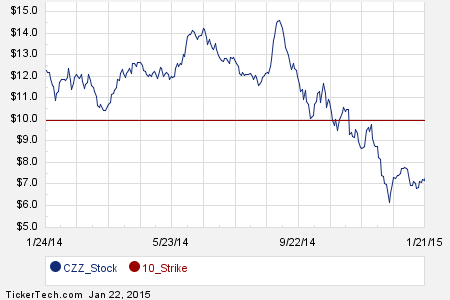The Basics of Trading a Stock
Post on: 23 Июль, 2015 No Comment

Stock certificates (or shares) are partial ownership of a publicly traded company. As a shareholder, you are entitled to, at a minimum, dividend payments as released by the officers of the company when made available. This dividend is a share of the profits of the company.
Shares are bought and sold, like any other good, within marketplace exchanges. The price of the share is the current market place valuation of the company, and it is usually expressed in dollars and cents. The price of a stock can go up or down based on both market trends (traders will sell stocks when they need cash to cover other positions or to buy other stocks) and on news from the company. Companies that continually report negative quarters (ones where they lose money) have their stock prices go down. Companies that produce innovative products can have their prices rise, somewhat spectacularly.
Stock Trading Strategies
The most basic strategy for trading stocks is Buffett strategy, named after Warren Buffett. In this strategy, you study the underlying business principles under a company in order to invest accordingly. These underlying principles include who the businesss customers are, what their customers need, whether there is any significant competition for them in meeting the customers needs, and overall balance sheets for assets, asset depreciation, and debts owned by the company. This takes enormous amounts of patience and tends to focus on finding businesses that are fundamentally sound yet poorly managed, buying shares of the company, and then waiting for the expected company turnaround. This form is called Buy & Hold: you buy the stock and hold on to it while helping the business achieve a turnaround.
There are other strategies for buying and investing stocks beyond the Buy & Hold strategy. Day traders look at stocks as patterns of prices over a given period of time, then they try to buy stocks right after theyve had a minor fluctuation in price and sell them when the price has gone up. When using a short-sell strategy, they borrow a stock for a given amount of money and return it back to the lender at the expected lower price and pocket the difference. Day trading and short-selling isnt necessarily easier for an investor to handle; it requires a different perspective on the market as a whole, rather than focusing deep on a given stock.
There are a continuum of strategies between Buy & Hold and Day Trading, and most stock investors use a mixture of the two. In fact, the vast majority of stocks traded on the stock exchange arent handled by individual investors, theyre handled by retirement funds and mutual funds, which have money managers to pool numerous stocks into a given portfolio for buying and selling decisions.
Advantages & Risks
The primary advantage of stock trading is that stocks are largely self-indexing to inflation, as opposed to bonds or a savings account, where inflation percentages should be subtracted from the estimated rate of return. Stocks, over the course of a 30-year investment pattern, have a very good track record, around 6-8% compounded annually, versus about 1-3% for bonds and worse than that for a savings accounts.
The risks are that stocks are volatile; you only need to look back to the period between 2008 and 2009 to see the stock market losing half of its value in a 9 month span, and its taken nearly six years for that value to return.














